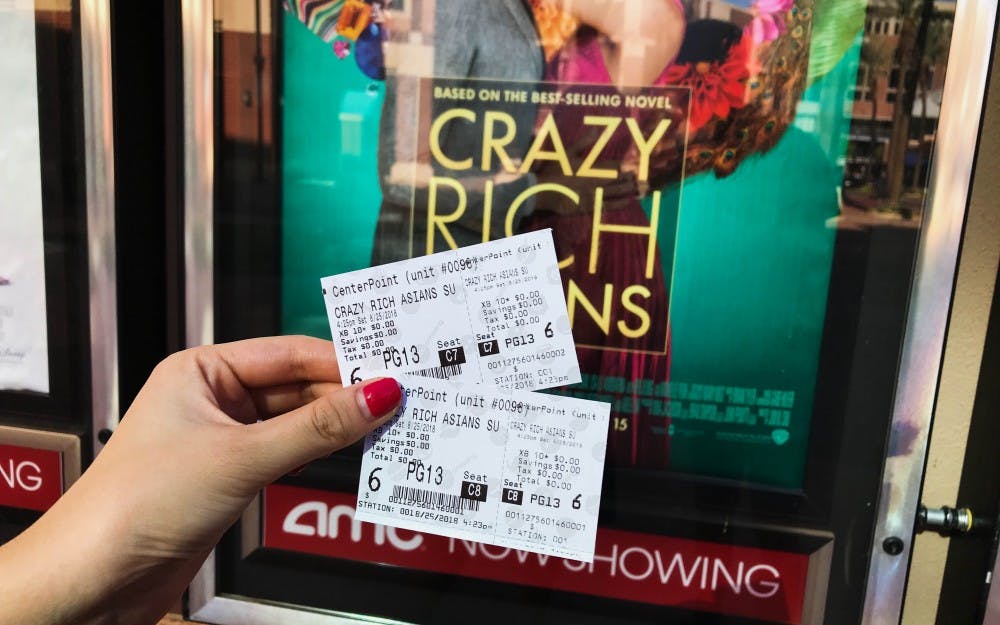After accumulating more than $76 million dollars domestically in its first two weeks, “Crazy Rich Asians” has garnered attention for more than just its success at the box office.
The movie, featuring an all-Asian cast, sparked discussion about the lack of Asian representation in the film industry, as well as the stereotypes associated with Asian roles. ASU professors and students alike are talking about the movie’s implications.
Karen Kuo, an associate professor at ASU whose work specializes in the representations of Asians in film, said that she is disappointed by the current state of representation in movies.
“I think that 'Crazy Rich Asians' is definitely something that has been needing to happen, but it’s not a particularly radical film,” Kuo said.
She said that the Asian-Americans who are represented in mainstream media are generally stereotyped, and she would like to see more realistic roles for Asian-American actors.
“It would be good to have Asian-Americans be represented as people rather than stock stereotypes,” she said. “There are examples — there probably are more examples now — but I wouldn't say that they're extensive.”
Kuo said it's important for students to be exposed to more inclusive movies like "Crazy Rich Asians."
“I think students need to feel that their world is being depicted accurately, and stereotypes are not accurate depictions of the world," she said.
Kexing Li, president of ASU’s Chinese Students and Scholars Association and senior studying marketing, said that while he thought the movie is important, it's only a first step.
“Historically, Asian people haven’t been the positive characters in the film industry,” Li said. “Right now that is changing, but it’s not enough. It’s really important that Pacific Asians encourage each other to do better to get roles as positive characters.”
He said that he would like to see filmmakers cast more Asian characters, and he sees the industry as responsible for increasing representation.
“What really needs to change is the film industry. Asian people should be given positive scenes," Li said. "There are a lot of main characters who are not Asians. There are a lot of Asian female actresses trying to get roles as main characters, but the film industry just won’t let them.”
Beichen Tong, vice director of the public media department of ASU’s Chinese Students and Scholars Association and senior studying journalism, said she thought the movie is important for ASU students to see in order to expose them to different portrayals of Asian characters.
When Tong moved from China to Seattle, she said people expected her to be poor because she was from China. The film, with so many different roles for Asian actors, portrays Asian people in many different ways.
“Last week I watched this movie with my friends, and there were a lot of students I saw in the theater,” Tong said. “If some ASU students don’t have friends from China or the Asian community, after they watch it they might have different thoughts about us.”
Reach the reporter at jkbeneve@asu.edu and follow @JacobBenevento on Twitter.
Like The State Press on Facebook and follow @statepress on Twitter.




